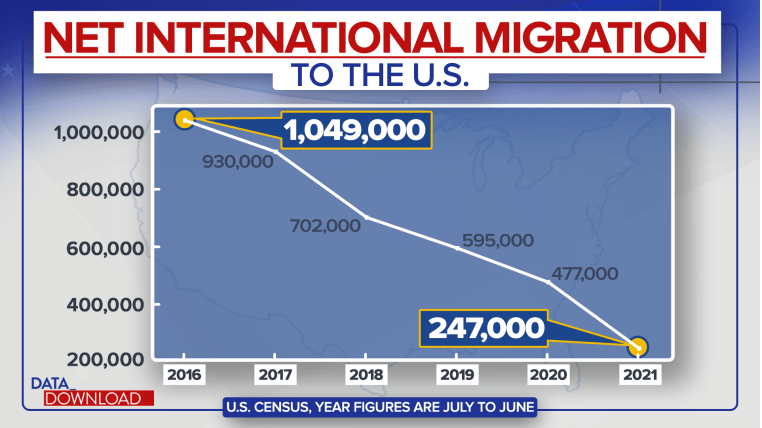Of course, there is no one task you can do that will guarantee you to win the lottery but let’s go over the important info you should know, that will in turn increase your chances.
First, to qualify for an H1B you must have a bachelor’s degree or equivalent, be offered a job that requires a bachelor’s degree and have a U.S. employer who will petition for you. Keep in mind that there are no real exceptions to these factors and the H1B is the most common and most applicable work visa. Second, there really is no way to increase your H1B lottery selection – the
only way to increase your chances is to get a U.S. Master’s degree. Now here’s the information that I found helpful from the article cited:
- For the FY 2021 lottery season, 274,237 petitions were received – 23% lottery chance for that year
- For FY 2020 lottery season 201,011 petitions were submitted – a little more than 25% for that year
- Lottery process starts with the general pool of all applicants for the 65,000 available
- The second lottery is for US Master’s degree, those who were not selected in the general lottery
- USCIS notes that U.S. Master’s degree applicants have a 16% greater chance of winning a spot under this new process.
Aside from these numbers you need to keep in mind some other really important factors:
Cap exempt H1B’s, Cap Gap, STEM OPT expansion, and the best time to graduate and apply for OPT. We discuss all these topics in the videos below, so stay tuned for more information.
Author: Attorney Sumeet Lall Esq
Editor: Marisa Chavez
Cited Works:
“H1b Lottery Results: The Definitive Guide on 2022-23 Lottery Chances (Updated: 3/9/22).” VisaNation, 16 Mar. 2022, https://www.immi-usa.com/h1b-lottery-2016-results-chances-process/.

